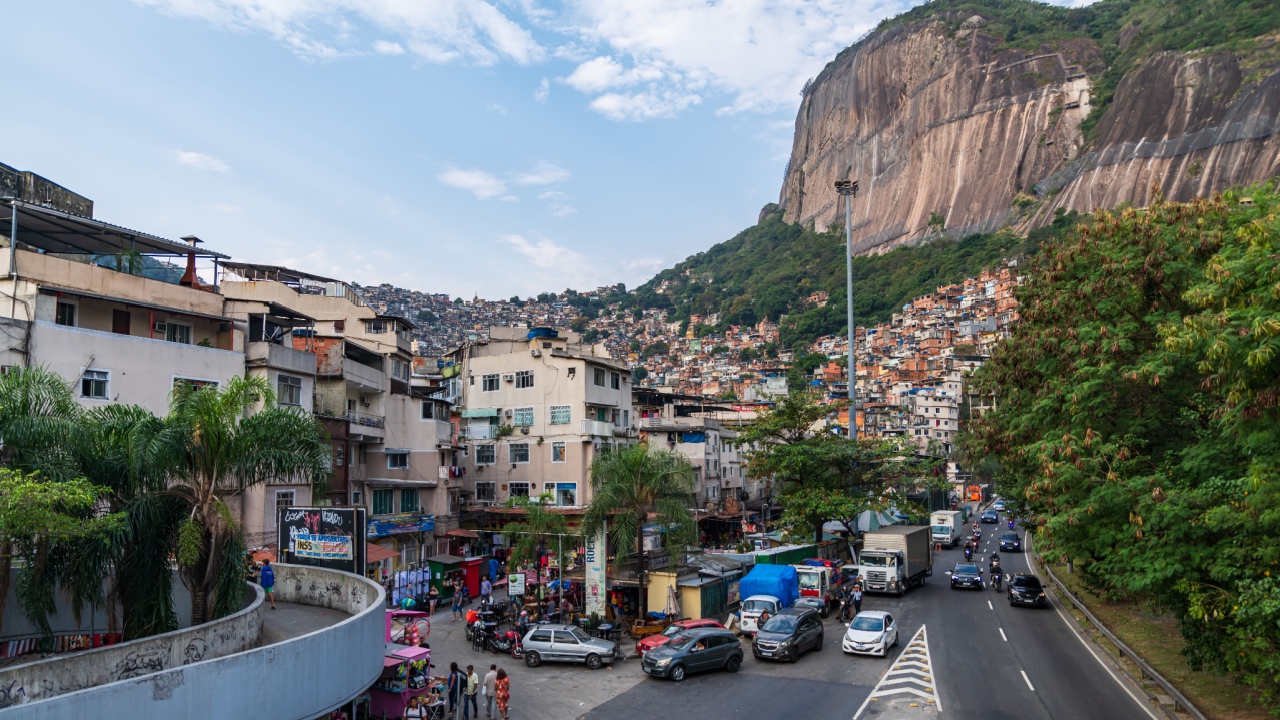How Much Do You Have to Make to Be Upper Class in Rio

If you’ve ever considered moving out of the US, you’re not alone. Millions emigrate to other countries each year.
One of the perks of moving to another country is the American dollar is very strong and often goes a long way in terms of regional currency. This means in some countries, you could make just a few thousand dollars and live a life of luxury. Brazil is one of those nations where the power of the US dollar will get you much further than here.
So what does it take to be upper class in Rio de Janeiro, Brazil’s former capital? We took a look at the classes and cost of living data available.
The Different Classes in Brazil

Brazil is home to five different class levels, ranging from A, which is the wealthy, to E, which is the lowest income bracket. The levels in between are very much like the US, with upper, regular, and lower middle classes.
There is a significant disparity in income, however, between the extremely wealthy and the poor.
How Many Americans Move to Brazil?

The number of US citizens who have moved to Brazil isn’t extraordinarily high. In fact, just under 100,000 people moved to the South American country between 2000 and 2024.
The country is attractive as an option for ex-pats because of its lower cost of living. That doesn’t mean everyone can live there, though. There are specific requirements that must be met, including applying for a temporary or permanent visa.
Cost of Housing

Living in Rio is very inexpensive compared to major cities in the US. Compared to New York City, for example, the cost is an estimated 69.5% lower without factoring in rent. Rent costs, though, are nearly 90% cheaper in Rio.
That said, the cost of housing in Rio depends on where you live, whether it’s inside or outside the city center. A single person could expect to spend $400 to $500 where a family of four could expect to spend around $875 to $1,000 in rent.
Cost of Food

The cost of food is much lower, running around $1.50 for a loaf of bread, $2 for eggs, and a pound of most fruit costing under $1.
Milk is more expensive at around $4 per gallon, but meat is much cheaper than in the US for both chicken and beef.
Cost of Utilities

Utilities in the US have skyrocketed thanks to inflation, and it’s putting the pinch on many wallets.
In Rio, however, the costs of basic utilities is much cheaper at around $100 or less per month for climate control, electricity, water, and trash service for an apartment or home just under 1,000 square feet.
Costs of Transportation

Getting around in Rio is pretty simple, with a robust metro system and taxi services. For the subway, you can get a monthly pass for just under $50. Taxis start at around $1 per mile.
The cost of purchasing a vehicle is around the same, depending on the type of car you buy. For example, a Toyota sedan is approximately $25,000. Gas in Brazil is comparable to US prices.
The Overall Picture

Considering the various costs of living in Rio, moving to the city is relatively cheaper than the US. To be considered upper class, you’d have to make around 7,580 Brazilian reals per month, which is what the top 10% make according to Statista. This comes out to be slightly more than $1,300.
If you make more than that, you can consider yourself among the upper echelons of the city.





